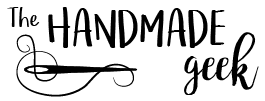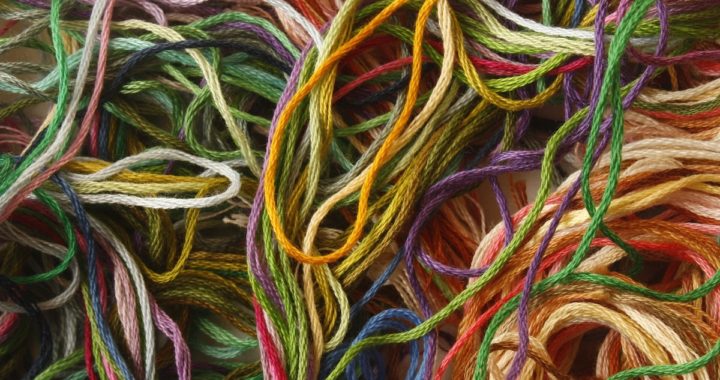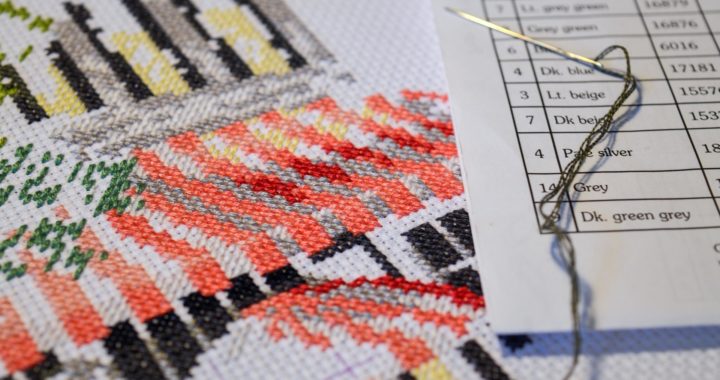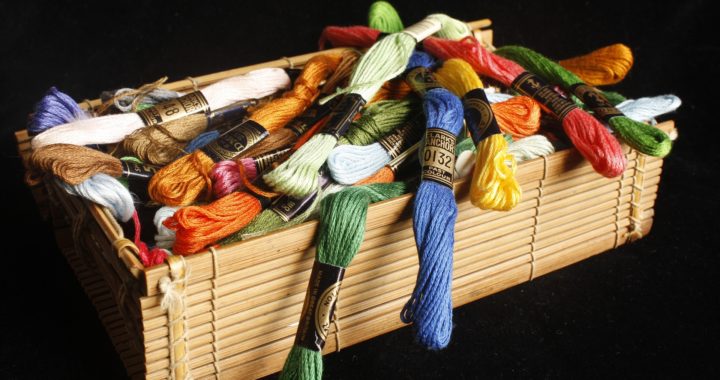A bit of personal background, or why computers and quilts can be friends.
I have been working with digital images for as long as I can remember. When I was in high school or younger, I would spend hours just playing with whatever digital design software was available to me, whether it was MS Paint or Photoshop. Designing t-shirts, posters, logos, or any other design gig I could get came naturally and I was happy to do it! Several of them are still in use today (I linked to my high school theatre program, and tried to link to my dad’s bicycle logo which has gone far and wide on bike shirts, trailers, and everything in between).
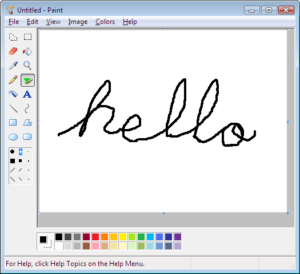
There were a few specific features in Windows 3.1 that helped me understand the concept of pixels. You could choose adesign to be your background that was essentially a simple, very small image, tiled to look like a continuous design. There was also the option to create your own tiny image and this was super fun to play with and try to make your design match up in clever and different ways. We also had a program called Tesselmania (which I think is defunct, but the author created TesselManiac and it is very similar to what I remember) that allowed you to create repeating designs that were much more complicated. These were really all just more reasons for me to sit in front of the computer for hours on end.
On the other side…
Since I can remember, my mom and grandmother sewed clothes, crafts and quilts. The past few years, when my mom has been assembling quilt designs using 2″x2″ squares, they seem like pixels, or different repeating quilt tiles remind me of those repeating tessellations.
When I was pretty young, early high school or earlier probably, I acquired a cross-stitch pattern book from who knows where. This one had a bunch of small projects to fit in a 4″ hoop or smaller and I decided to do one that said, “I’m not messy, I’m an artist”. This spoke to me. I have distinct memories of looking at it and thinking, “Oh, I should be able to hammer this out in an hour or so,” and it taking MUCH longer than I anticipated. I also remember hot gluing it to a round circle of cardboard instead of mounting it into a hoop. After it was glued to the circle, I glued a magnet to the back of it and it lived on our fridge until… gosh, my sister may still have it for all I know.
Despite having embroidery floss all over the place (ostensibly, to create these) and one giant dolphin cross-stitch kit that I had zero hope of even beginning, let alone completing, I didn’t actually attempt another cross stitch until a couple of years ago. I happened across a ton of snarky Pinterest boards that had cross-stitch projects with TV quotes or 8-bit video game characters or just profanity and I thought, “Oh yeah, I can get behind this.”
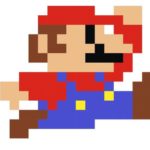
8-bit Mario
Pulling it all together
Cross-stitch in general just clicked and made sense to me because of all of the time I spent goofing around with low resolution images in my MS Paint and Windows 3.1 days. The 8-bit characters as cross-stitch projects is such a brilliant crossover from technology to craft. What is original Mario if not a cross-stitch pattern waiting to happen? All of the original patterns in our shop intentionally leave each square complete to retain that jagged, pixelated look.
I started this website because I love technology and design, and I also love crafting and creating. What a great way to marry these interests and maybe inspire some computer geeks out there to put down the laptop and pick up a new hobby.
